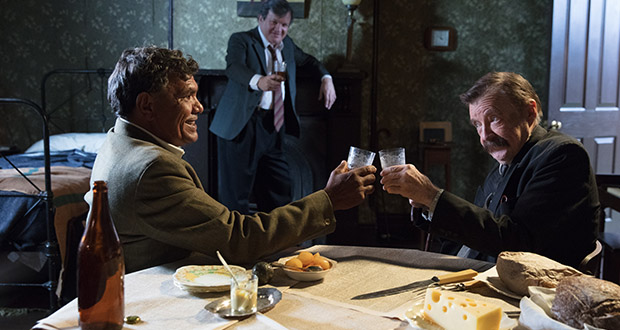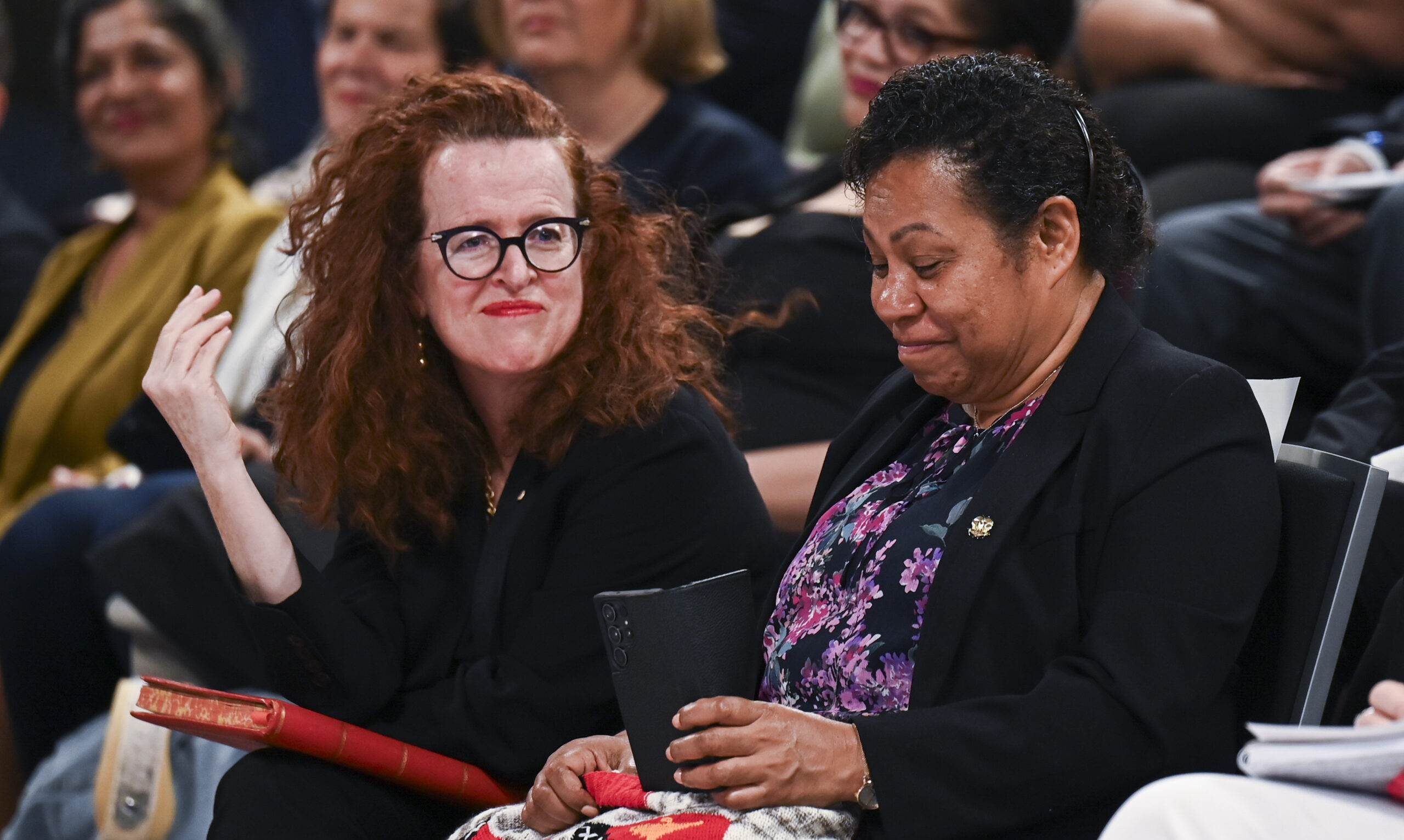Industry & ResearchOpinionResearch FundingResearch NewsTop Stories
Research in the 21st Century: legacy forms, ‘new’ media and ERA

As Australian universities prepare their submissions for the 2023 round of Excellence in Research Australia (ERA), the national research evaluation framework, it is a good moment to reflect and review this thing we call ‘research’.
Please login below to view content or subscribe now.




